The assassination of Reinhard Heydrich, the Butcher of Prague, ended the notorious career of one of the most ruthless and anti-Semitic Nazis. However, the death-dealing career of his protégé, Lt. Col. Adolf Eichmann, only gained momentum. Eichmann had been present at the infamous January 1942 Wannsee Conference, in which Heydrich had demanded unanimity and cooperation within the Nazi bureaucracy to facilitate the implementation of the Final Solution to the Jewish Question. The junior partner was already a veteran war criminal at Wannsee, just weeks before Heydrich met his demise.
Eichmann had joined the SS in 1932; gathered information on various groups that the Nazi regime considered to be potentially subversive; supervised the forced deportation of approximately 150,000 Jews from Austria after the anschluss, or union, of that country with Germany; assisted in the development and operations of the Theresienstadt ghetto in Czechoslovakia; and cooperated with the execution of Action 14F13. A direct order from SS Chief Heinrich Himmler, Action 14F13 instructed Nazi death squads to round up and murder Jews in the Soviet Union behind the advancing German Army.
With the implementation of the Final Solution, Eichmann was placed in charge of the collection and transportation of all European Jews to the burgeoning death camps. He traveled extensively in the occupied territories and was ordered by Gestapo Chief Heinrich Muller to attend a session of mass murder near the Soviet city of Minsk. Of this experience Eichmann wrote, “I watched the last group of Jews undress down to their shirts. They walked the last 100 or 200 yards—they were not driven—then they jumped into the pit. Then the men of the squad banged away into the pit with their rifles and machine pistols.”
Ironically, Eichmann seemed never to harbor that rabid anti-Semitism that characterized the conduct of other Nazi leaders. He studied the Hebrew and Yiddish languages, visited Palestine in 1937, and stated that he actually admired certain qualities of the Jews.
At the end of the war, Eichmann was rounded up and held for a time in an American prison camp. However, he was not immediately recognized as an architect of the Holocaust. Living under aliases and moving around post-war Germany, he was eventually able to secure a passport issued by the Vatican, and escaped to Argentina in 1950. He took up residence in a suburb of Buenos Aires under the name Ricardo Klement and lived in freedom and obscurity for another decade.
Agents of the Mossad, Israel’s intelligence agency, pierced Eichmann’s veil of secrecy and snatched him from his South American haven on May 2, 1960. He was drugged and held in seclusion for more than a week before being flown to Jerusalem to stand trial for crimes against the Jewish people and crimes against humanity. The four-month proceeding gained world attention, and on December 2, 1961, Eichmann was found guilty. Two days later, he was sentenced to hang.
Throughout the trial, Eichmann maintained his innocence. After the verdict was rendered, he was invited to address the court. “I am not the monster that I am made out to be …,” he said. “I see myself disappointed in my hopes for justice … I understand the demand for atonement for the crimes which were perpetrated against the Jews. The witnesses’ statements here in the court made my limbs go numb once again, just as they went numb when once, acting on orders, I had to look at the atrocities. It was my misfortune to become entangled in these atrocities. But these misdeeds did not happen according to my wishes. It was not my wish to slay people. The guilt for the mass murder is solely that of the political leaders … I never had the power and the responsibility of a giver of orders.”
On May 31, 1962, Eichmann was hanged in Jerusalem. His body was cremated and his ashes scattered in the Mediterranean Sea beyond the territorial limits of Israel. Perhaps the most stunning and reprehensible aspect of his criminal character was the assertion to the last that he was only doing what he was told.
Michael E. Haskew
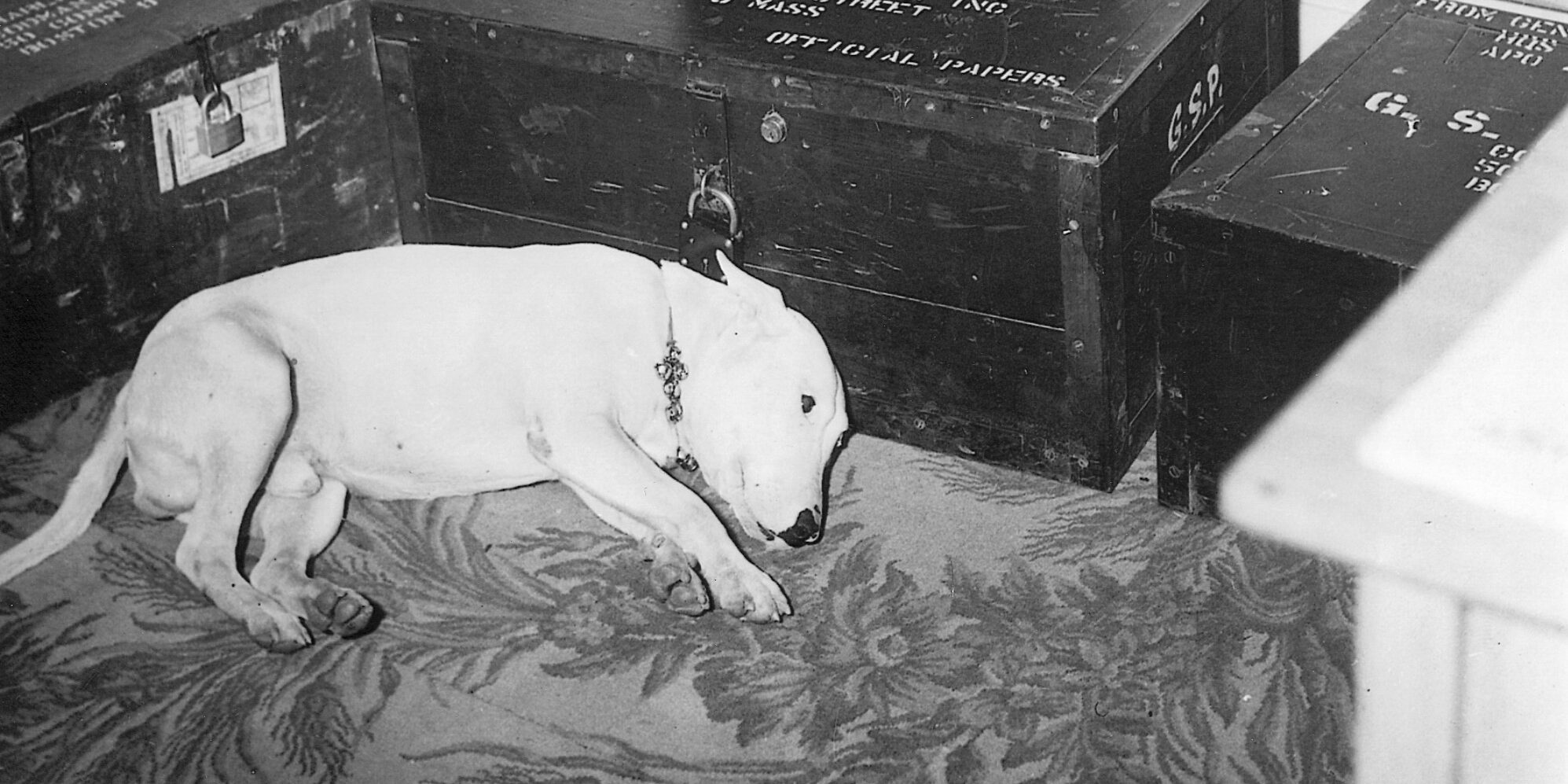
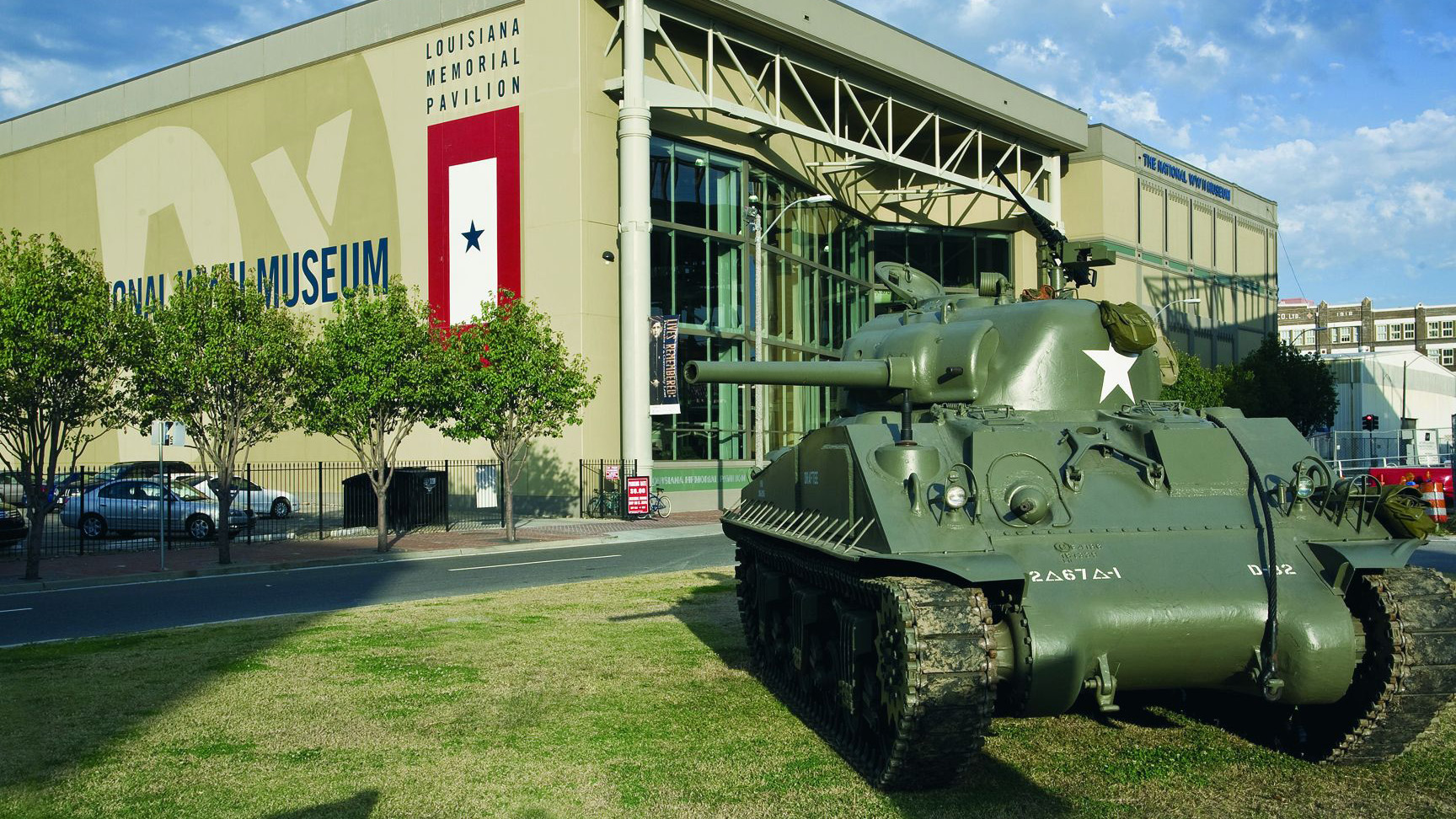
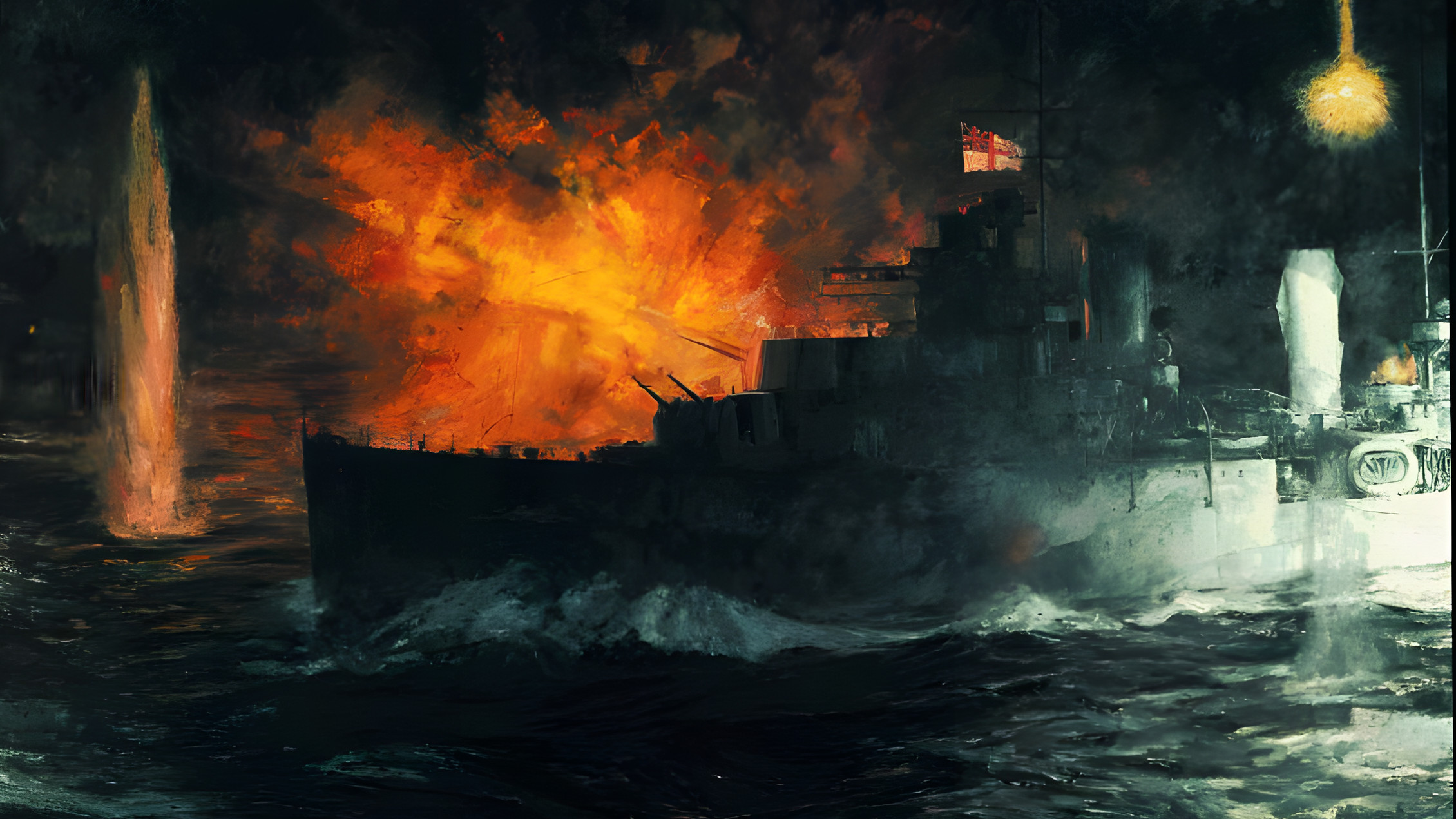
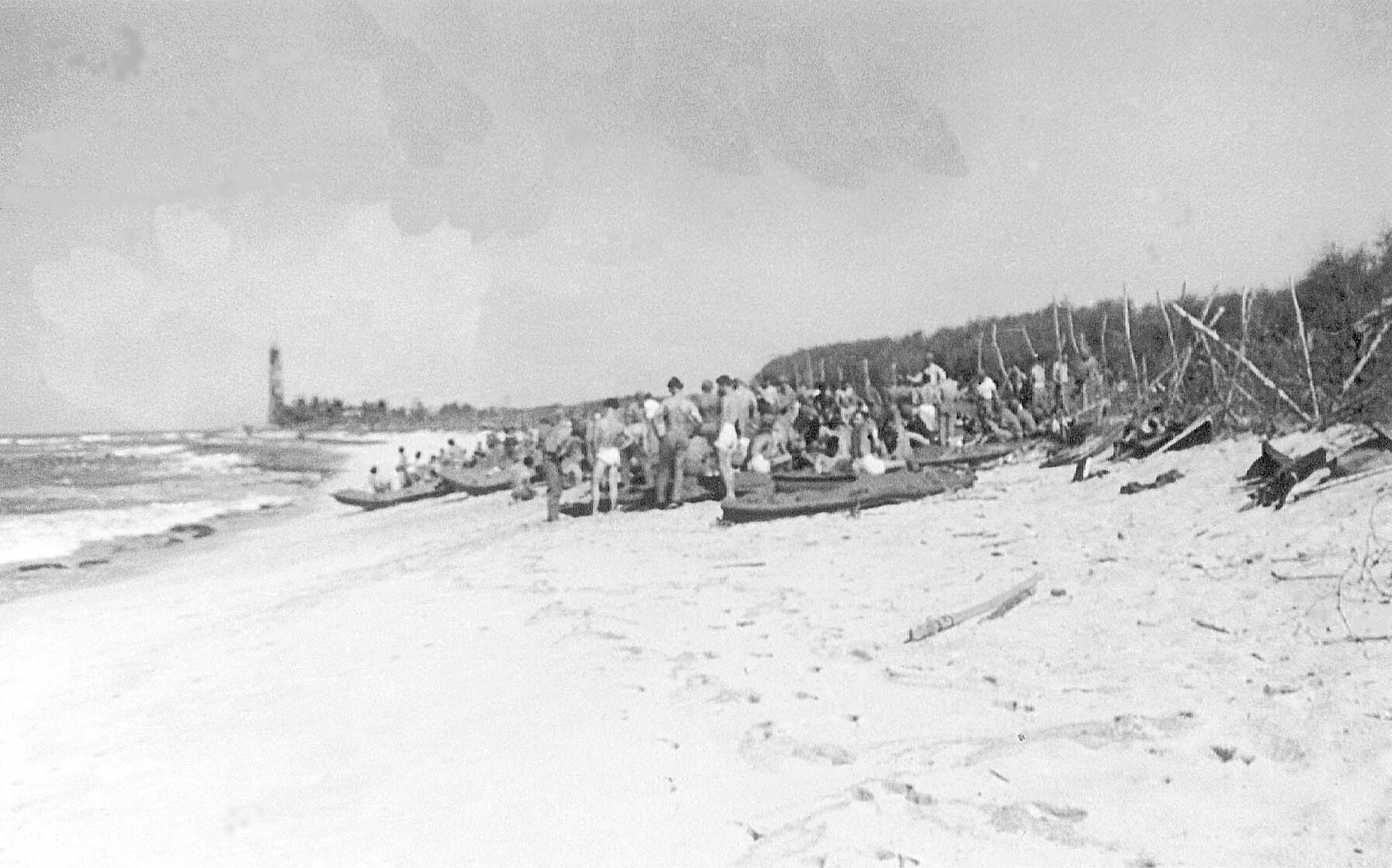
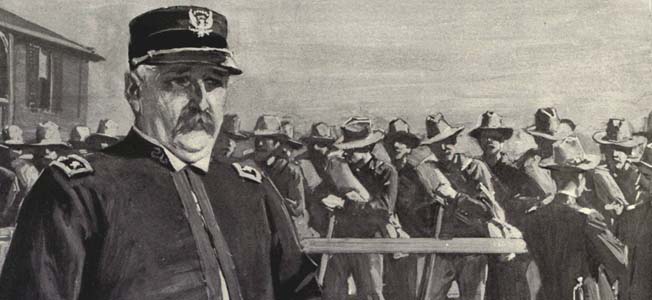
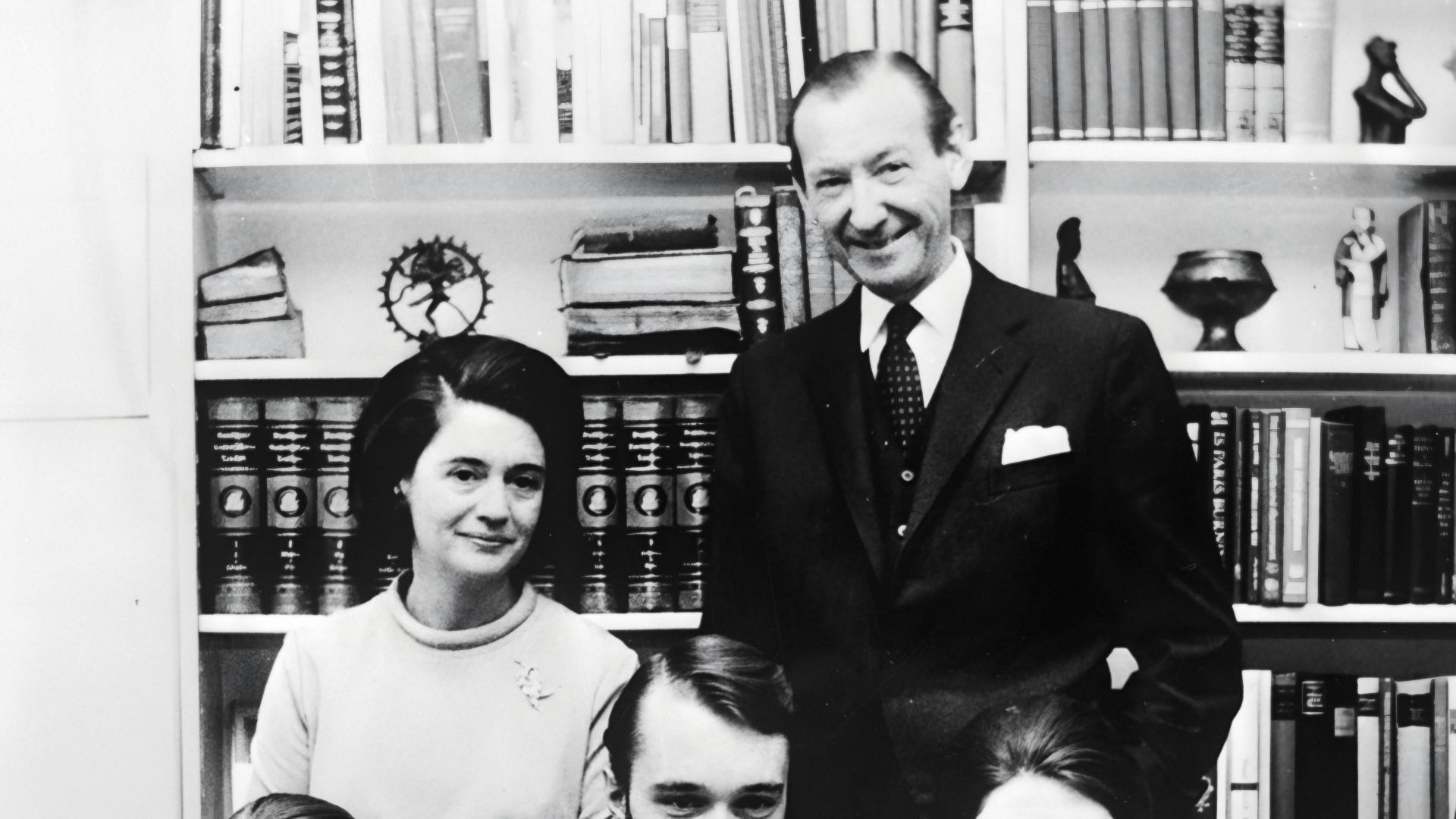

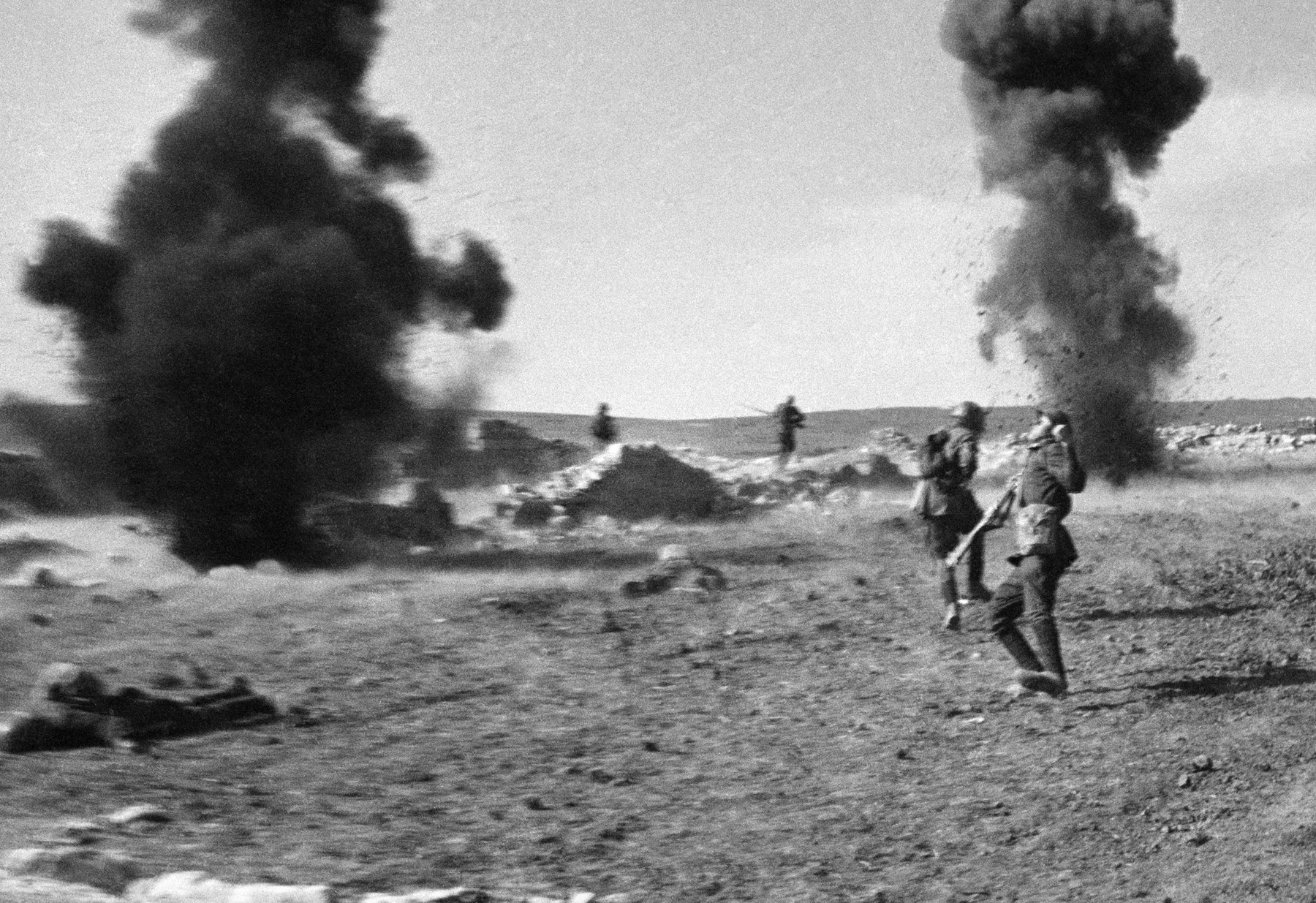
Join The Conversation
Comments
View All Comments